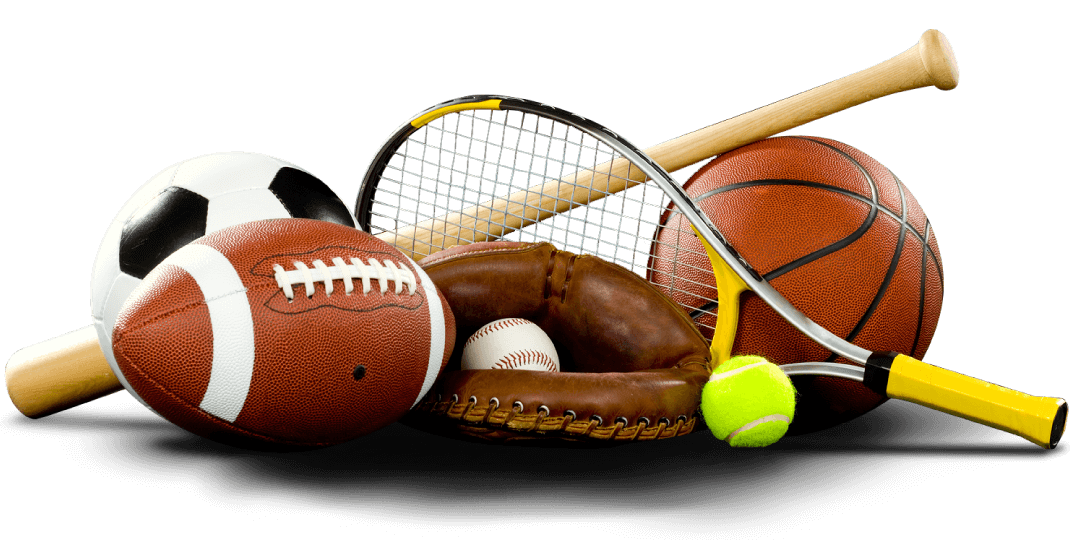Sports Goods Manufacturing Industry in India: Overview and Export Insights
December 1, 2024 | by gurjeetsaini@yahoo.com

India’s sports goods manufacturing industry, with roots dating back to 1883 in Sialkot (now in Pakistan), has emerged as a global player. The industry, which gained momentum post-Partition in 1947, now primarily thrives in Jalandhar (Punjab) and Meerut (Uttar Pradesh), accounting for nearly 81.8% of domestic production.
Historical Perspective
- Origin: Founded in Sialkot in 1883 by Sardar Ganda Singh Oberoi, with the first export to England in 1884.
- Post-Partition Growth: Partition in 1947 prompted skilled craftsmen from Sialkot to migrate to Jalandhar and Meerut, establishing these cities as new hubs of the Indian sports goods industry.
- Evolution: Transitioned from a cottage-scale setup to an internationally recognized industry exporting to over 130 countries.
Key Manufacturing Clusters
- Jalandhar and Meerut:
- Account for 75-80% of production.
- Approximately 5 lakh workers are directly or indirectly employed across about 2,000 firms.
- Main Products: Inflatable balls, cricket and hockey equipment, protective gear, board games, badminton, and gym equipment.
- Challenges: Outdated techniques, raw material shortages, low productivity, and competition from China, Taiwan, and Sialkot, Pakistan.
- Other Locations:
- Jammu: Specializes in cricket bats.
- Mumbai, Kolkata, Chennai, and Delhi: Smaller-scale production.
Export Scenario
- Growth:
- Exports grew from ₹320 crores in 2003-04 to ₹2,000 crores in 2016-17.
- Exports in 2022 reached $546 million.
- Major Export Destinations:
- Europe (UK, Germany, France), USA, Australia, and China.
- UK is the largest market for Indian sports goods.
- Top Exported Goods:
- Inflatable balls, cricket bats, hockey sticks, protective equipment, boxing gear, and hammocks.
- India is a global leader in inflatable balls, often supplying to international brands like Mitre, Umbro, Lotto, and Wilson.
- Notable Achievements:
- Indian-manufactured bladders used in the 2002 Football World Cup.
- Equipment used in Olympics (Atlanta 1996, Beijing 2008).
Industry Features
- Labour-Intensive: Employs over 500,000 workers, including many women.
- Cottage Industry Roots: Over 20,000 home-based units contribute to the production chain.
- Technology Gap: Predominantly manual and reliant on traditional skills, with limited innovation.
- Government Support:
- Sports Goods Export Promotion Council (SGEPC): Promotes exports.
- Process cum Product Development Centre (PPDC): Provides technical assistance.
- Incentives under schemes like RoDTEP and Market Access Initiative (MAI).
Domestic Market
- Valued at ₹17.7 billion (2007-08) with an annual growth of 18%.
- Dominated by board games, cricket equipment, and gym gear.
Future Prospects
- Opportunities:
- Rising demand for sports equipment globally and domestically.
- Increased investment in sports infrastructure and education in India.
- Potential to capture more market share with innovation and standardization.
- Threats:
- Competition from China and Sialkot.
- Dependence on low-margin products.
The industry, with its rich heritage, skilled workforce, and established global reputation, holds immense potential for growth as it modernizes and scales up its capabilities. With concerted efforts, India can strengthen its position as a global leader in sports goods manufacturing and exports.
RELATED POSTS
View all



